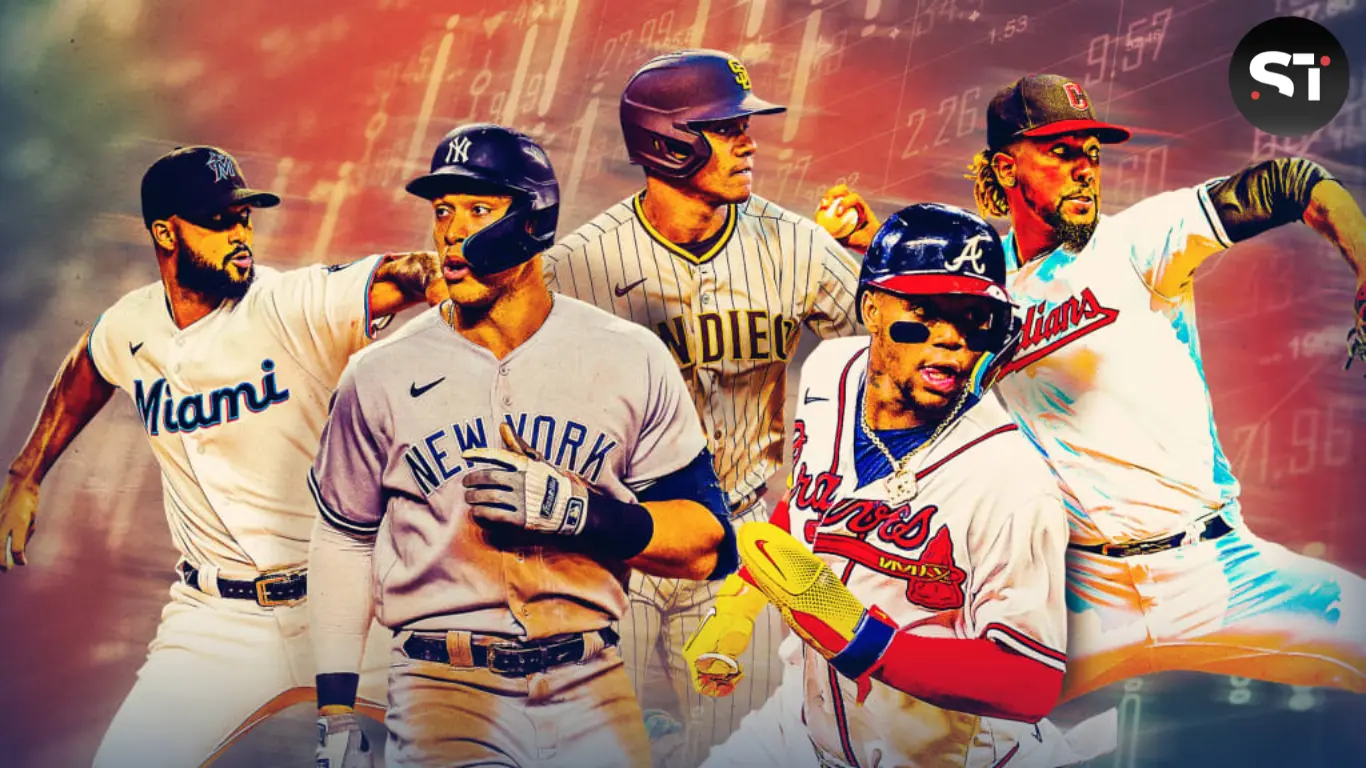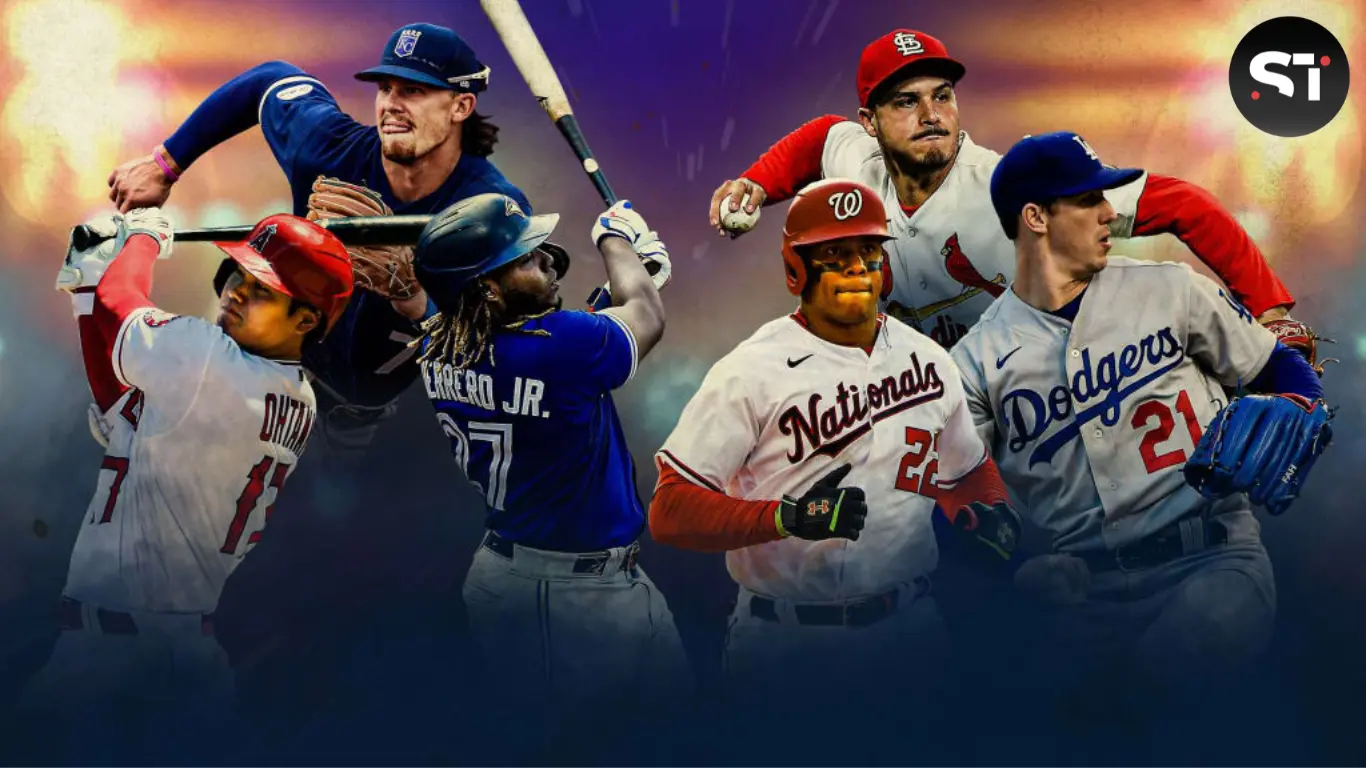Baseball, once considered purely an American pastime, has evolved into a global sport over the past few decades. This transformation is largely due to the rise of international players in MLB who have brought diverse talents, styles, and enormous fan bases to the game.
Let’s dive into this exciting journey, examining the historical context, the significant impact of these players, and the bright future of baseball as a truly international sport.
Historical Context

Early International Influence
The story of international players in Major League Baseball isn’t new. The very first notable international player was Esteban Bellán, a Cuban who played in the early 1870s.
However, for much of the 20th century, MLB was predominantly American, with only a few international stars. Travel, communication, and scouting barriers limited the flow of talent from outside the U.S. and Canada.
Breaking Barriers: The Latino Influx
Things started changing in the 1950s and 1960s with the arrival of Latin American players. Legends like Roberto Clemente from Puerto Rico and Juan Marichal from the Dominican Republic showcased their incredible skills and opened doors for future generations.
Their success proved that talent knows no borders, encouraging MLB teams to invest more in scouting and developing players from Latin America.
The Globalization of MLB

Expanding the Scouting Network
In recent decades, MLB has expanded its scouting network worldwide. Teams have set up academies and scouting offices in countries like the Dominican Republic, Venezuela, Japan, and South Korea.
This global outreach has allowed them to find and nurture talent from a young age. The establishment of the World Baseball Classic in 2006 further emphasized the international nature of the sport, featuring top players from around the globe.
Asian Impact on MLB
The arrival of players from Asia, especially Japan and South Korea, has been another significant development. Hideo Nomo’s debut in 1995 marked a crucial moment for Japanese players in MLB.
His success paved the way for stars like Ichiro Suzuki, Shohei Ohtani, and Yu Darvish. These players have not only excelled on the field but also brought unique playing styles and huge fan followings from their home countries.
The Economic and Cultural Impact

Boosting the League’s Popularity
The rise of international players in MLB has had a profound economic and cultural impact. These players have helped expand the league’s popularity beyond North America.
For instance, Ichiro Suzuki’s move to the Seattle Mariners significantly increased MLB’s visibility in Japan. Similarly, the success of players like Vladimir Guerrero Jr., Fernando Tatis Jr., and Ronald Acuña Jr. has garnered massive support from Latin American countries.
Marketing and Merchandise
From a business perspective, international players have boosted merchandise sales and television ratings. Their presence has opened up new markets for MLB, enabling the league to secure lucrative broadcasting deals and sponsorships in various countries.
Teams with star international players often see a surge in merchandise sales, as fans from the players’ home countries eagerly buy jerseys, hats, and other memorabilia.
Cultural Exchange
Culturally, international players have enriched the MLB experience. Their diverse backgrounds have introduced different traditions, languages, and playing styles to the league.
This cultural exchange has not only made the sport more exciting but also fostered greater understanding and appreciation of different cultures among players and fans alike.
Challenges and Adaptations

Language and Communication
While the rise of international players in MLB has many benefits, it also comes with challenges. Language barriers and cultural differences can make communication and integration difficult.
Teams have adapted by hiring translators, and cultural liaisons, and offering language classes to help international players adjust to life in the United States.
Travel and Adaptation
Transitioning to MLB can be tough for international players. Adapting to a different style of play, longer seasons, and the physical and mental demands of the league can be daunting. However, many players have successfully navigated these challenges, thanks to the support systems put in place by MLB teams.
Addressing Scouting Inequities
Another challenge is ensuring equitable scouting and development opportunities. While MLB has made strides in establishing academies and scouting networks worldwide, there are still disparities in resources and opportunities available to players from different regions. Addressing these inequities is crucial for the continued growth and inclusivity of the sport.
The Future of International Players in MLB

Emerging Markets
Looking ahead, the future of international players in MLB looks bright. Emerging markets such as China, Brazil, and India hold vast potential for the next generation of baseball talent.
MLB’s ongoing investment in global scouting and development programs will be key to unlocking this potential. Initiatives like MLB’s “Play Ball” program aim to introduce and promote baseball in various countries, potentially discovering new talent and growing the sport’s global footprint.
Technological Advancements
Advancements in technology also play a significant role. Improved communication tools, video analysis, and data analytics have made it easier to scout and develop players from around the world.
These technologies enable MLB teams to identify talent more efficiently and provide players with the resources they need to succeed at the highest level.
The Role of International Competitions
International competitions, such as the World Baseball Classic and the Olympics, will continue to showcase the global talent pool. These events not only highlight the skills of international players but also foster a sense of global camaraderie and competition.
As more countries invest in baseball infrastructure and development, the level of play and competition will only get stronger.
Suggested Read: From Underhand to Overpowering: The Dynamic MLB Pitching Evolution
Wrapping It Up!
In conclusion, the rise of international players in MLB has transformed baseball into a global phenomenon. From early pioneers to today’s superstars, international players have enriched the league with their talents, diversity, and cultural contributions.
As MLB continues to expand its global reach and invest in international talent, the future of baseball looks brighter than ever. The sport’s ability to transcend borders and bring people together is a testament to its universal appeal.
Celebrating the achievements of international players in MLB, we look forward to a future where baseball is truly a game for the world.








[…] Suggested Read: Exploring the Rise of International Players in MLB […]